
13 minute read
The Prognosis for U.S. Healthcare
by AOPA
AOPA National Assembly speaker and healthcare futurist analyzes the latest healthcare trends in light of the COVID-19 pandemic
By JOSEPHINE ROSSI
MEDICARE FOR ALL, public health overhaul, telehealth expansion—these are just some of the short-term possibilities on the horizon in the United States as a result of the COVID-19 pandemic, according to healthcare futurist Michael Lovdal, PhD, who delivered the opening keynote address for the 2020 AOPA Virtual National Assembly.
A well-respected and long-time fixture at AOPA leadership and annual meetings, Lovdal tapped his 35-year consulting career at Oliver Wyman, where he concentrated on healthcare serving providers, payors, pharmaceutical companies, Michael Lovdal, PhD and public health organizations, to discuss the impact of the pandemic on healthcare and the implications for O&P businesses. The now adjunct professor at Columbia Business School encouraged all participants, regardless of their businesses’ size or focus, to plan for changes and to simulate different scenarios in the months ahead.
Here’s a look at those predictions and what they mean to the O&P profession.
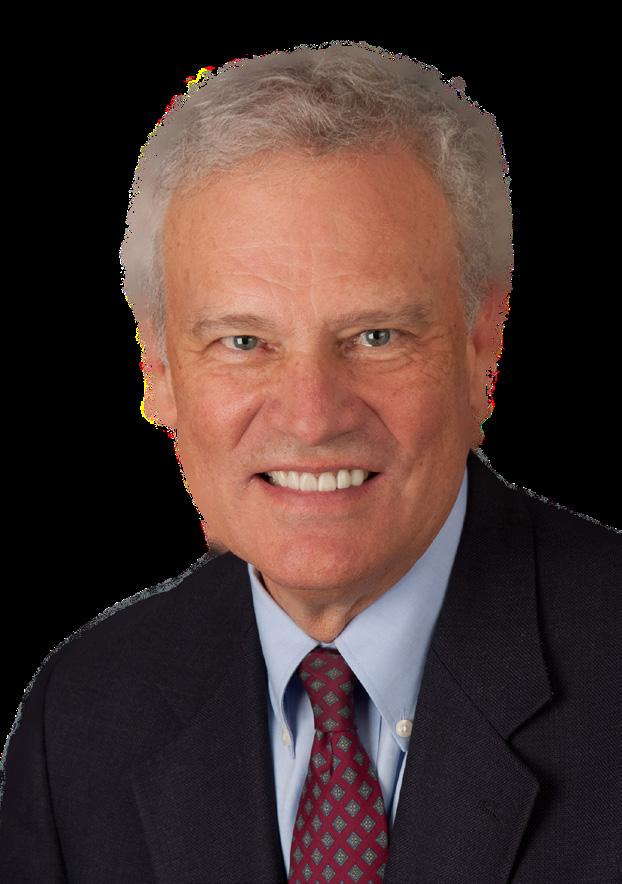
ANALYSIS #1
National healthcare will become the main public policy debate of 2021.
Major changes to national healthcare policies are afoot, and O&P suppliers and patient-care facilities should be planning for the effects on their business models now, according to Lovdal. While the November election results will dictate priorities, the pandemic’s impact on the healthcare system has forced significant debates.
Lovdal cited six potential areas of policy change. First is the elimination of “surprise” out-of-network patient billing, which has had strong bipartisan support in the past. “This is the one that I think has the greatest probability of being [addressed] soon after the election,” he noted.
Second is the “significant endorsement, expansion, and funding for the Federally Qualified Health Centers,” which provide care to underserved areas across the country. These safety net facilities have received little attention in the past; however, there’s now growing bipartisan support “in recognition that Federally Qualified Health Centers are a critical aspect of the healthcare infrastructure in the United States,” he said.
The drug pricing debate is going to continue after the election, too, according to Lovdal. However, the much-talked-about “most-favorednation” approach, which would assure the lowest price for drugs sold to the government, will be a “more difficult achievement,” he says, due to strong opposition from the pharmaceutical industry and the most-favored-nations, such as Canada.
Similarly, the Affordable Care Act (ACA) will see significant debate next year as well. Lovdal predicted it will again go to the Supreme Court and will likely be upheld. (Note that Lovdal made this prediction before the passing of Supreme Court Justice Ruth Bader Ginsburg.) The pandemic has caused many Americans to turn to the ACA exchanges after losing their employer-sponsored health insurance.
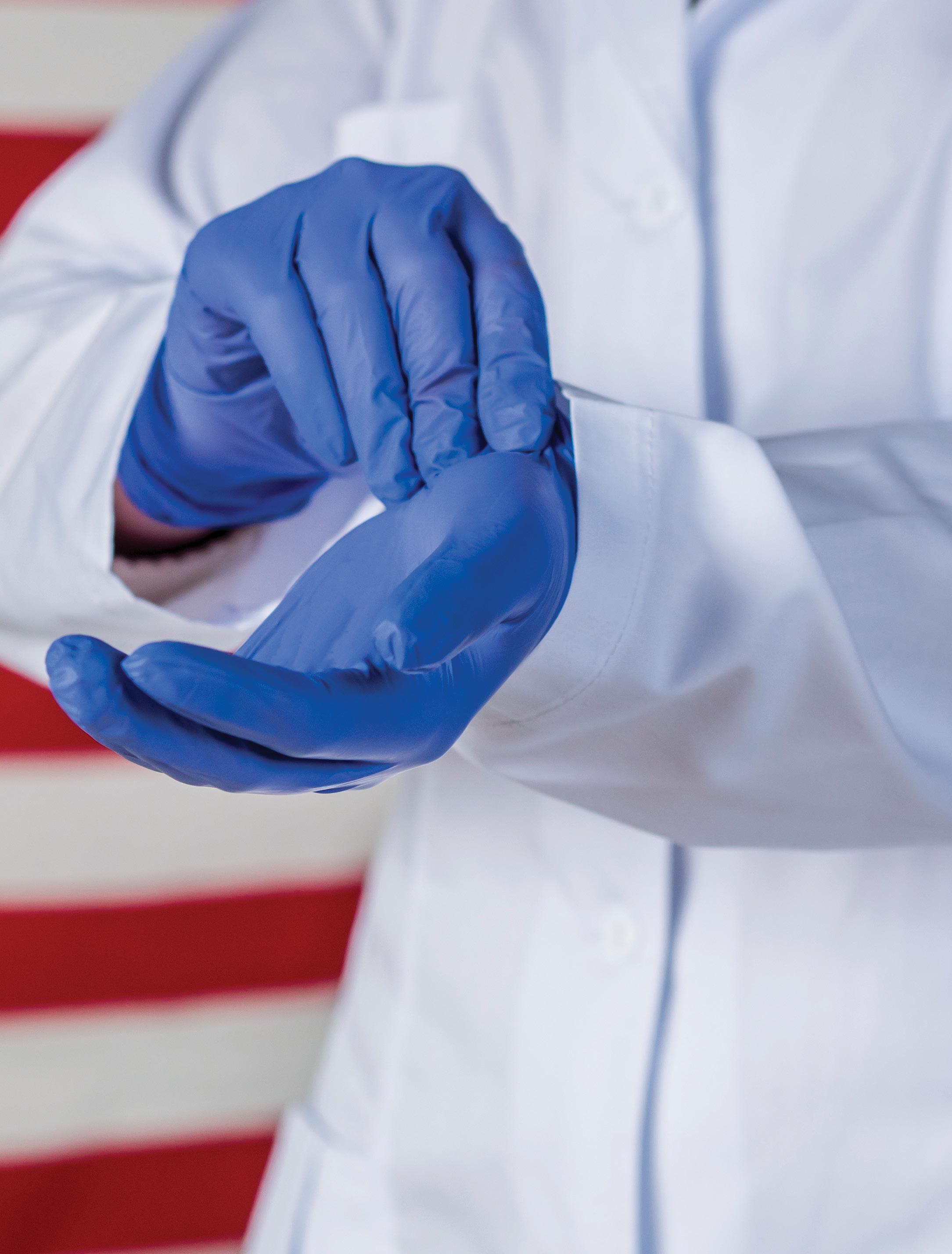
“Depending on how the election goes, it may be strengthened,” he said. “There’s been a lot of discussion about returning to some of the foundations of the Affordable Care Act—things like the risk corridors and risk adjusters that were essential parts of the fabric of the Affordable Care Act.”
Medicaid funding reform also will receive attention next year, but “gets more problematic” because of the amount of money involved and the wide variance in reimbursements at the state level. Medicaid rolls have grown substantially due to the pandemic, which will exacerbate the disparities among the states. “I’m not sure, as the administration has pointed out, that the funding reform will take the form of block grants. It may. In fact, some states would welcome that,” Lovdal explained.
Finally, Lovdal predicted that Medicare for all will be “the toughest” conversation. Because a true singlepayor system that would have the federal government footing all healthcare bills requires radical change for all players in the healthcare system, the odds of it coming to fruition any time soon are “very low,” regardless of who wins the election. A number of “subvariants” to the conversation, such as lowering the age of Medicare eligibility or creating a public option, are “distinct possibilities,” however, he said.

ANALYSIS #2

The nation will rebuild its public health system.
Among its many consequences, the pandemic has underscored the role of public health, which has historically been underfunded in the United States. Startling statistics, including the high number of COVID-related deaths in this country, “reflect a deep crisis in our public health system,” according to Lovdal. Public health agencies were “ill-equipped to carry out even basic functions, let alone to serve as the last line of defense against the most acute threat to the nation’s health in generations,” he said, citing a recent Washington Post article.
Lovdal referenced the $5 trillion forecast for benefits- and discretionarybased healthcare spending in 2020. “Public health has historically been about 3 percent of the total benefits spend; it’s never gone much more. So, 97 percent of our total [healthcare] spend in this country is on … reactive healthcare—not on public health.” Experts agree that a minimum 6 percent of a nation’s health spending should be devoted to public health efforts.
Moreover, he argued for more integration between healthcare and

public health, as is the case in most other industrialized countries. They offer universal medical coverage that “enables them to provide many common public health services as part of their main healthcare delivery system,” he explained. Better funded and more coordinated at the federal, state, and local levels, an improved public health system would move the United States toward preventative population health management.
“The important thing for the O&P community, if you’re willing to and able to, is to help participate in rebuilding U.S. public health. Look at your state, try to figure out what the infrastructure is like, try to find a unique role in public health for the O&P community,” Lovdal encouraged attendees. “Let’s think about a dialogue. Mobility—it becomes a basic right of our public health world and [is central] to the mission and purpose of O&P. So, I think we have a chance to contribute here to rebuild public health, but also to help our own profession as that process starts.”
ANALYSIS #3
Health systems and hospitals will reinvent their revenue and operating models.
The American Hospital Association recently issued a report on how the pandemic has damaged the country’s healthcare infrastructure, projecting losses to hospitals and health systems to be at least $323 billion in 2020. Although the Coronavirus Aid, Relief, and Economic Security (CARES) Act provided a one-time cash infusion, “there’s expectation that if the current situation continues into 2021, the losses will continue to mount,” Lovdal explained.
“Mayo Clinic, for example, made a billion-dollar surplus in 2019 and is currently forecasting a $900 million loss in 2020. And that goes all the way down, from large health systems to the 100-bed hospital perhaps in some of your communities,” he said.
The problem stems from the fact
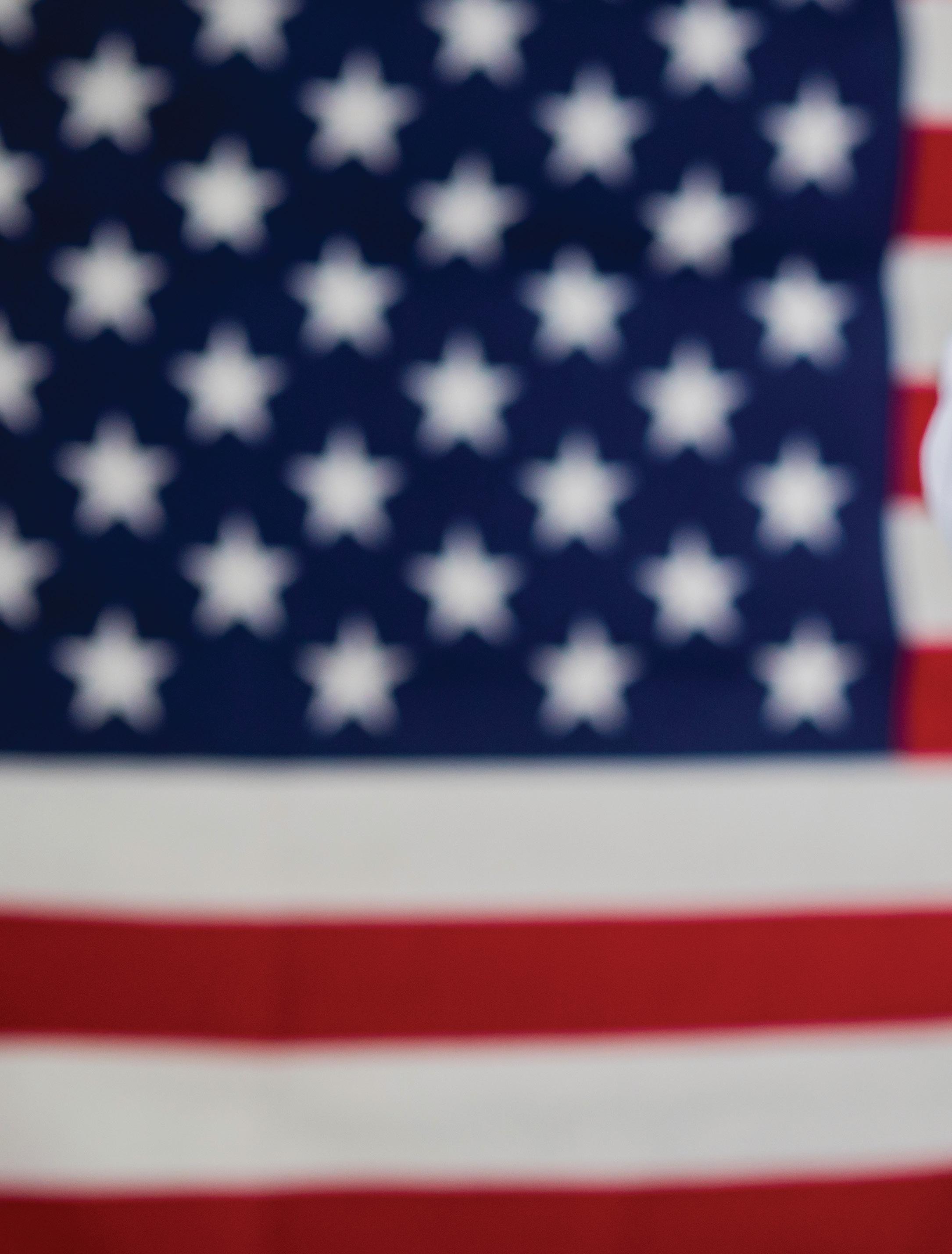
that at least one third of hospital revenue comes from deferrable procedures, such as colonoscopies, gastrointestinal surgeries, and basic cardiovascular procedures, which have been put on hold with hospital shutdowns. People also are avoiding emergency room visits, which further cuts into revenue from less deferrable emergency and trauma care. “The big question, obviously, for most hospitals is will that come back? How fast will it come back? Will there be some kind of catch up? Experts have speculated that certain things that have occurred will perhaps never be returned to the level they were before.”
The dilemma is further compounded because most health systems have “very little knowledge” about their costs structure, said
permanent roles.
“Significant forces … are moving us to telehealth as a permanent part of the healthcare delivery process,” said
Lovdal. “Some people have said we’ve succeeded in doing in six months what forecasters said would take at least six years or more pre-pandemic.”
Reimbursements for telehealth, which were facilitated by the CARES
Act, will continue to evolve. “Medicare, for example, will reimburse telehealth only if a Medicare recipient is homebound, not at home. We’ll see changes that will, I think, begin to loosen up
Medicare and even other aspects of reimbursement as we stabilize at 20 or 25 percent telehealth use going forward,” he said.
Further, telehealth will merge with home health. With a disproportionate amount of all COVID-19 deaths tied to nursing homes, assisted living facilities, and memory care facilities, state Lovdal. Combined, those factors have generated the significant losses currently being experienced and will force hospitals and health systems to reevaluate their services from a revenue and profitability perspective. This may include narrowing their scope and becoming specialized surgical hospitals or centers of excellence. As they begin to focus on core capabilities, hospitals and health systems may look to more functional or departmental outsourcing and potential labor contract flexibility.
“Other new types of reinvention [are] to be determined, but you will see significant change in most health systems as response to the financial stress from the pandemic over the next year or two,” said Lovdal. “I encourage the O&P community to get involved, figure out where you are, [and] figure out what your leverage is, as you see this reinven-
ANALYSIS #4
Telehealth and home health will take on more

tion process start.” officials are looking to telehealth as a
“bridge from the home to the healthcare community,” especially primary care, Lovdal said. “Home health, primary care, telehealth will become part of one conversation.”
Given the plethora of telehealth software currently available, O&P businesses will need to become proficient not only in several platforms, but also in answering patient questions. “…Focus on your patients and helping them become fluent users. …What’s a typical patient ask? And they want to know, number one, what are my options? Is it a phone call? Is it a visit? Do I need an app? Do I have to call my insurance company? Does the other person at the other end of the call know who I am and how I need to be treated? Are there enough clinicians, et cetera, et cetera?”
ANALYSIS #5
Millions of Americans have and will continue to migrate out of commercial insurance into Medicaid, individual, and uninsured segments.

The move from fee-for-service to value-based care has been slow over the past decade, said Lovdal. Why? Because while the concept is widely embraced, the new revenue model that goes with value-based care raises a lot of questions. “There’s always going to be significant questions about who controls the revenues, who distributes the revenues, and will my organization, or will I, win or lose under value-based care?”
Before the pandemic, the U.S. Department of Health and Human Services strongly supported the value model. Now, employers, payors, and providers have jumped on the bandwagon. Employers are aggressively trying to control costs, and payors “would love to have a medical expense structure fixed to revenues, particularly now with unprecedented, unpredictable COVID-19 costs,” said Lovdal. With patients deferring procedures and overall utilization rates down—perhaps never to return to pre-pandemic levels—providers are At the end of 2019, almost half of Americans had employer-sponsored insurance; 17 percent had Medicare; 22 percent had Medicaid; 10 percent were uninsured; and 5 percent were in the individual market through the exchanges, according to Lovdal. Under different economic and unemployment scenarios, those numbers could change dramatically. For example, the number of uninsured could reach nearly 45 million if unemployment goes to 30 percent, according to Oliver Wyman projections.
While it’s hard to predict the trajectory of unemployment numbers, especially if the country experiences a second wave of COVID-19 cases, Lovdal urged business owners to model their pay and revenue mix under different economic recovery scenarios. He encouraged owners to determine profit margins given different payor sources. As the pandemic situation evolves, doing
ANALYSIS #6

The shift to value-based healthcare reimbursement will quicken.
so will become “essential” for revenue lines, he said. increasingly looking for more predictable revenues rather than “the uncertainty that’s going to be associated with fee-for-service going forward.”
If they have not already, O&P businesses should prepare for value-based care and reimbursement. “You will have a new revenue model—the ecosystem is going to be coming. It’s going to be coming faster than it has in the last 10 years, I guarantee you that. You’re going to be part of a bundled or capitated payment plan,” said Lovdal. “You will see either or both as part of the value ecosystem.
“Again, as I’ve said in the prior points, try to understand what’s going to happen,” added Lovdal. “Try to get ahead of these possible changes and try to anticipate what they mean for your business model.”
Josephine Rossi is editor of O&P Almanac. Reach her at jrossi@ contentcommunicators.com.

EDITOR’S NOTE: Registered participants of the 2020 Virtual National Assembly can access Mike Lovdal’s keynote session and all other educational and exhibitor content online until December 31. Visit https:// aopa-virtual-national.pathable.co and login using your registration credentials.

#NEWFABTECH PDE & BOUNDERS
Increased flex range
Increased active dynamic feedback
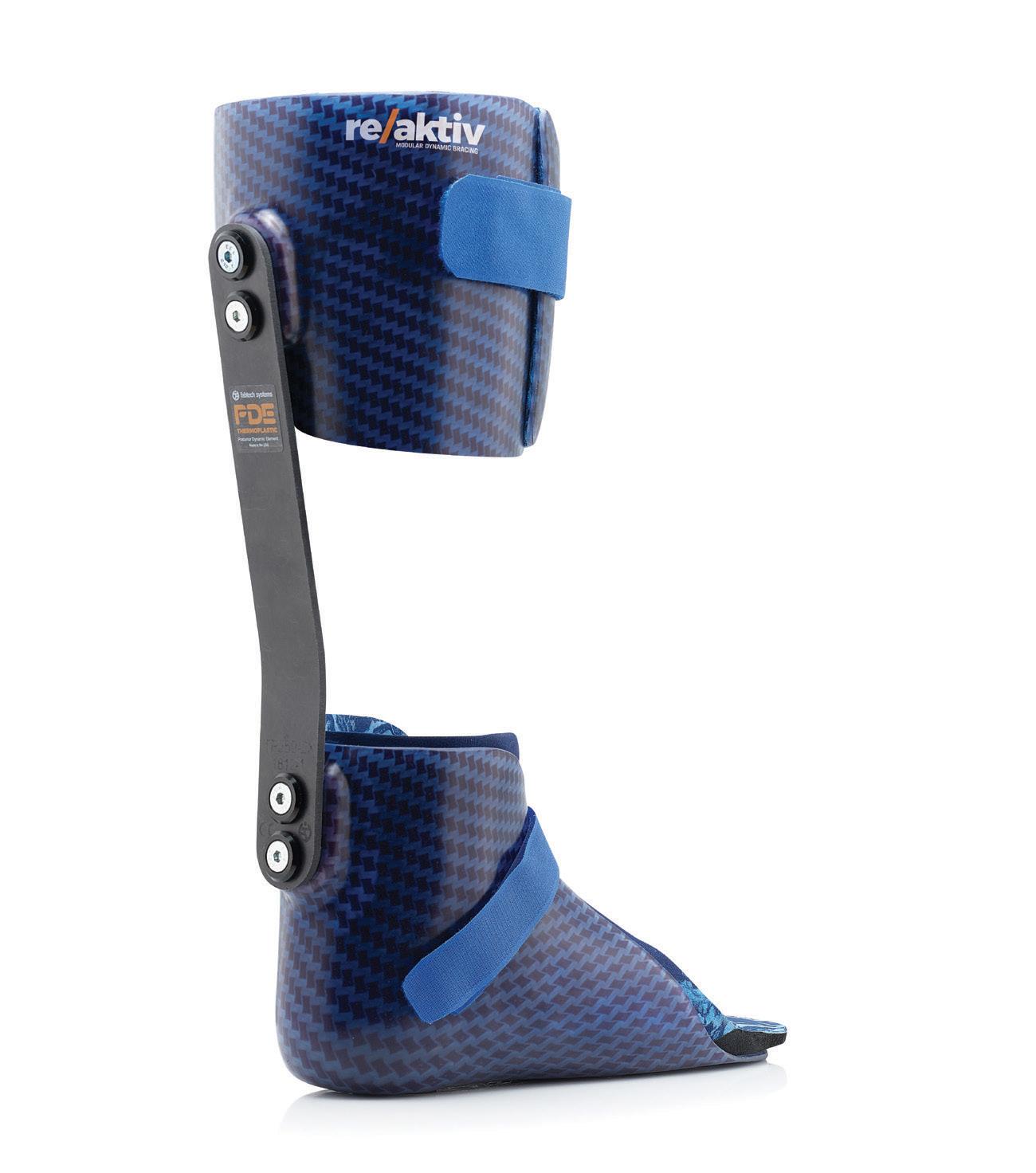
Increased durability
Modular system
Get back to custom and better outcomes for your patients
5

PDE/TP.V2 SPRINGS. A GREAT IDEA MADE BETTER!
• Increased flex range • Increased active dynamic feedback • Increased durability • Modular system
MODULAR, ADJUSTABLE, DYNAMIC:
Designed as modular, adjustable and easy to use. PDE/TP springs for thermoplastic bracing are a perfect solution for: • Any patient who would benefit from a custom posterior leaf spring AFO where pain and offloading of weight are not a key factor. • Patients with moderate muscle weakness who would benefit from Dorsiflexion & Plantarflexion assistance.
COST EFFECTIVE & BALANCED:
Our new Patent Pending spring material for thermoplastic bracing is cost effective and ideally balanced for patients requiring: • Optimal initial contact foot position • Excellent mediolateral stability • Fluency through stance and propulsion in push-off while not over-powering the thermoplastic construction. .
PDE/TP FAB
Are you looking for a high quality Central fab to make your PDE/TP Thermoplastics braces? Look no further! Reach out to one of our certified manufacturing partners and see what they can do for you!
PDE/TP CERTIFIED MANUFACTURING PARTNERS
kinematicimprovements.com
KINEMATIC IMPROVEMENTS
1220 N. Coit Rd suite 101 Plano Texas 75075 888-338-8309
FREEDOM FABRICATION
815B N. Main St Havana, FL 32333 800-304-FREE

#NEWFABTECH PDE & BOUNDERS
NEW UPDATED DORSI ASSIST BOUNDERS

Dorsi Stop Bounders New steel loop for more strength and durability. Great for patients 35lbs and up!
BOUNDERS MODULAR PEDIATRIC ELASTOMERS
Bounders store & return energy, mimicking normal muscle function. Smart and simple modular design, standardized sizes and three levels of performance to choose from add up to an easy to use expandable dynamic system to treat your pediatric and young adult patient base.
NEW PDE HARDWARE, TOOLS & FAB MATERIALS
HEAVY DUTY ANCHOR PLATES High activity client ? Our new heavy-duty stainless steel anchor plates will handle the load.
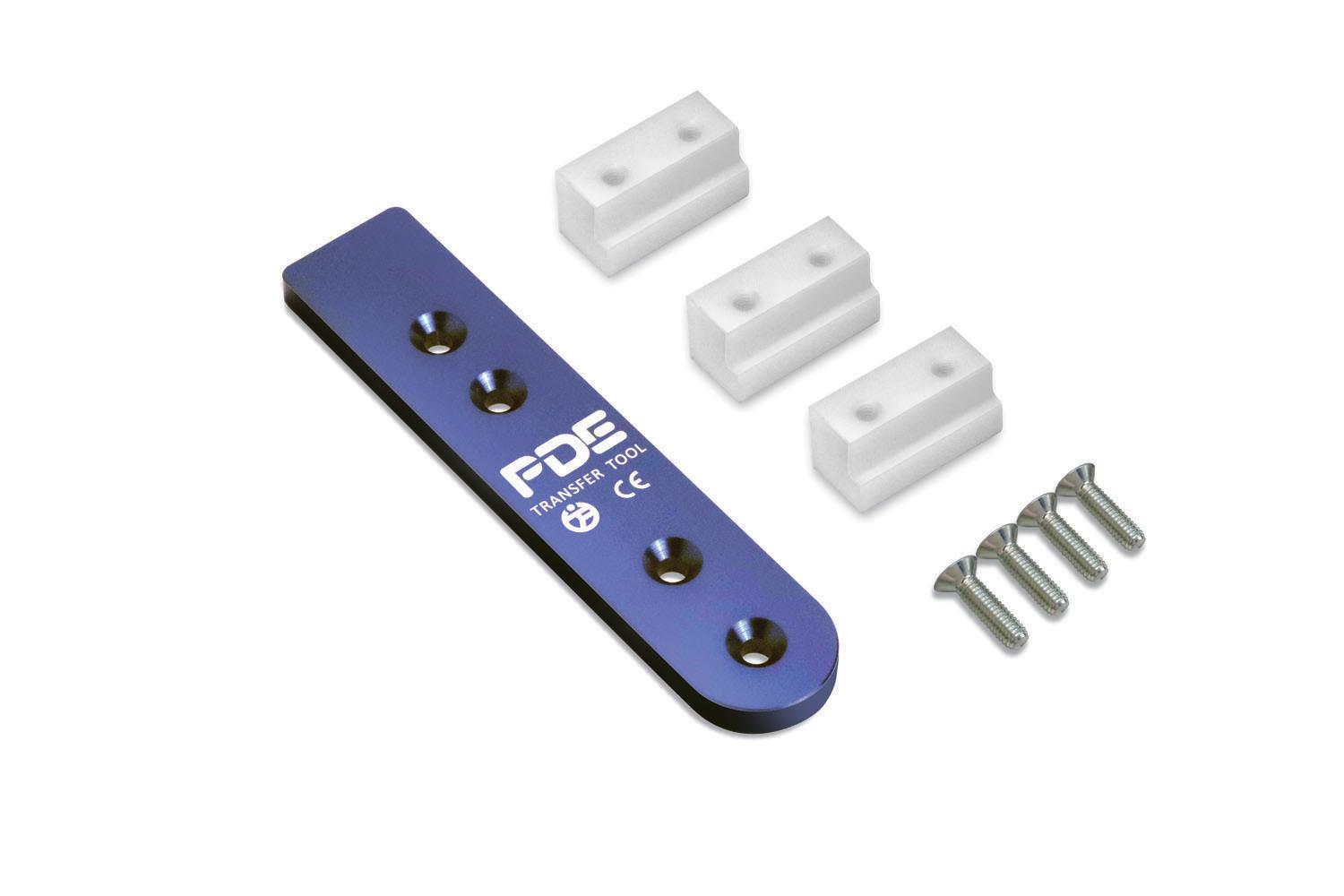

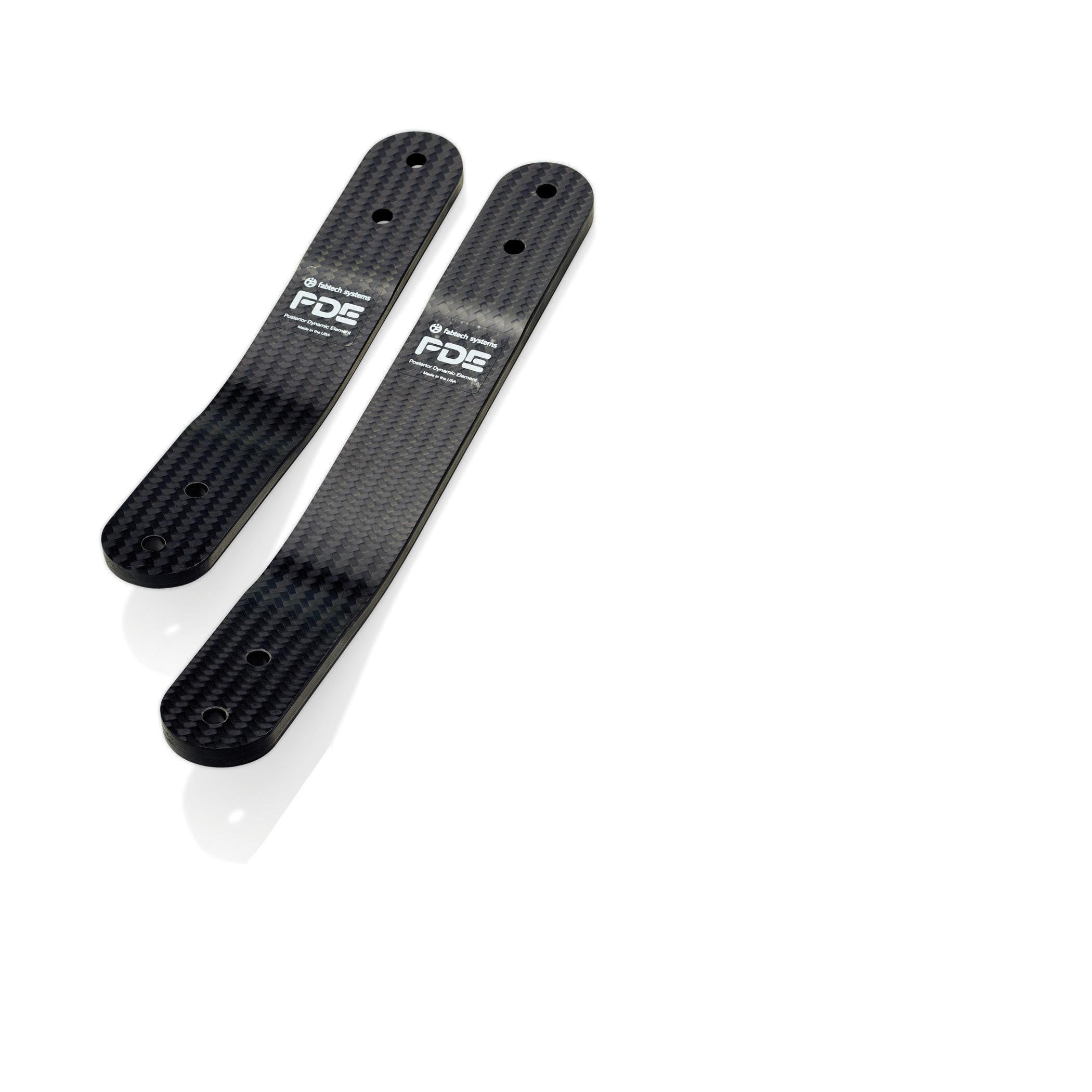

PDE TRANSFER TOOL Broken footplate ? No problem. Transfer time & labor into new braces.
MAXIMUM FLEX AND RESPONSE.
When more flexibility is desired - our new 50 & 75mm Soft PDE Springs in 200mm & 250mm lengths deliver maximum flex . Use standard PDE anchors and parts. In stock now!
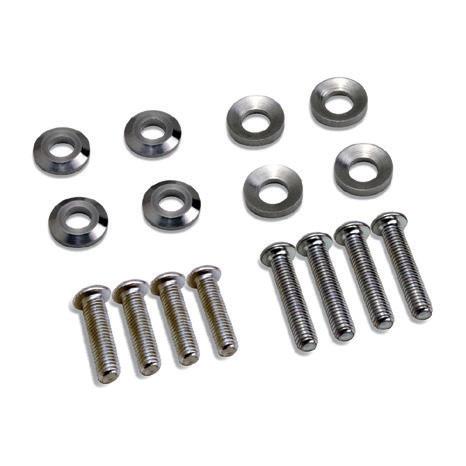
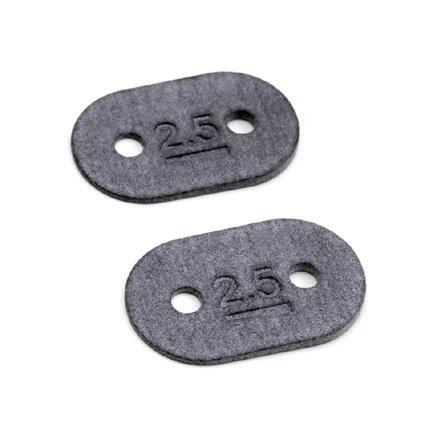
SHIMS & HARDWARE YOUR WAY
Rotational and flexion adjustment shims, mounting hardware - now available individually or as complete kits.
CARBON TAPE DEALS
12K Carbon Fiber Tape 6” x 50M (150ft) carbon rolls (Large carbon roll for fabrciaton)


